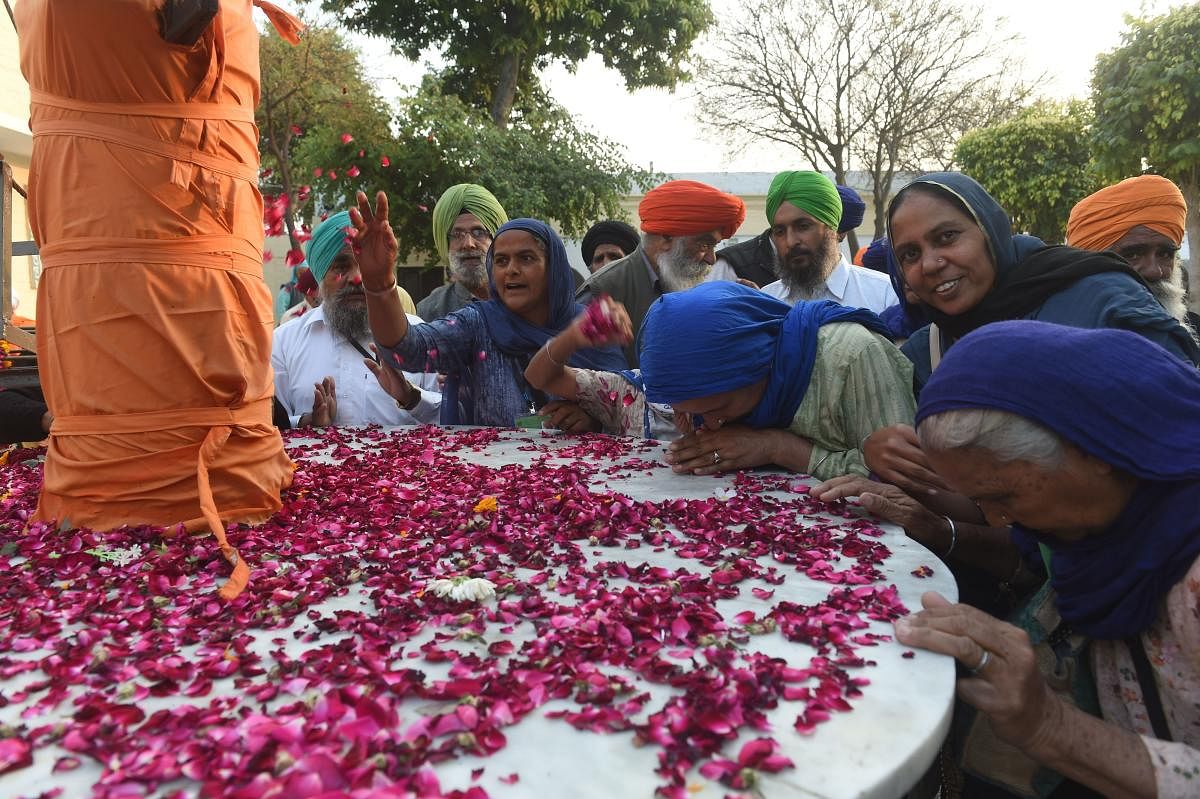
Punjab remained in the shadow of threat from Pakistan’s ISI and non-state actors attempting to turn this border state into its new theatre for terror activities, after Jammu and Kashmir.
Several ill-perceived plots from across the border to disrupt hard-earned peace in the state exposed Punjab’s susceptibility to such nefarious designs. Amid the lurking dangers of Punjab being pushed back to unprecedented days of instability and terror, the historic decision to open the Kartarpur Sahib corridor connecting the two nations remained at the zenith of all the good times to come.
It had not happened since independence. For the Sikh community in Punjab and across the globe, the commencement of work on the religious circuit — that will provide a visa-free access to Indian worshipers to pay obeisance at the revered Kartarpur Sahib Sikh shrine in Pakistan, where Sikh Guru Nanak spent the last several years of his life — was no less a dream come true.
The grenade attack on a congregation sitting for prayers at the Narankari sect premises near Amritsar lay bare Pakistan’s renewed vigour to destabilise Punjab.
Three people were killed and several injured when two ISI-backed operatives lobbed a Pakistan army ordinance factory-made grenade on praying devotees of the sect. At least 16 terror modules having links with Pakistan's ISI were busted by the Punjab police.
Festivity in the holy city of Amritsar turned tragic on Dasara night just when the effigy of Ravana was being burnt. A speeding train mowed down as many as 61 Dasara revellers who had got onto the elevated railway track for a better view. Bodies of men, women and children were strewn all over the place. The tragedy highlighted the appalling lapses on all fronts.
For the first time in many years, the SAD (Badal) saw a split with prominent leaders quitting the party, citing flaws in leadership, among other reasons. A commission report on sacrilege and subsequent firing by cops on Sikh protesters in 2015 “indicted” former chief minister Badal for the police action at Kotkapura.
The AAP in Punjab, too, was split as noteworthy leaders followed the exit route.
The war on drugs saw its flip side with addicts dying of drug overdose and rehabilitation centres brimming to full capacity.
Neighbouring Haryana saw its homegrown athletes bring laurels in this year's Common Wealth Games. Haryana's athletes constituted one-third of all the medals won by India, including nine out of the 26 gold medals.
Meanwhile, dissent against Chief Minister Manohar Lal Khattar grew with many MLAs criticising the first time chief minister.